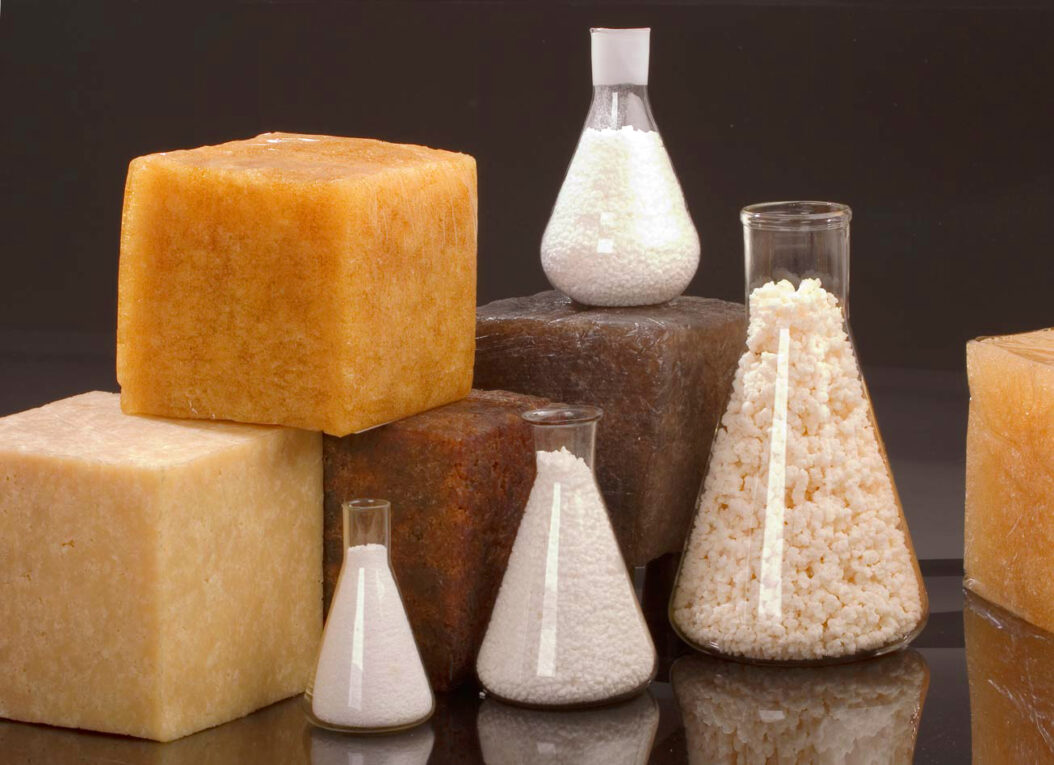Butadiene is a colorless gas with a mild aromatic odor. Its chemical formula is C4H6. It is an important industrial chemical that occurs naturally in small amounts in petroleum and natural gas. Butadiene is primarily used to make synthetic rubber and plastics. Some of its key properties and uses are discussed below.
Production of Butadiene
Butadiene is mainly produced through a petroleum refining process called catalytic cracking. In this process, petroleum fluids such as naphtha or liquefied petroleum gas are heated to high temperatures in the presence of catalysts. This causes the large hydrocarbon molecules in the feedstock to break into smaller molecules. As a result of the cracking process, butadiene is produced along with other chemicals such as ethylene and propylene. Alternatively, butadiene can also be produced through catalytic dehydrogenation of normal butane derived from natural gas. The worldwide production capacity of Butadiene is currently around 16 million tons per year.
Uses of Butadiene in Synthetic Rubber
One of the most important uses of butadiene is in the production of synthetic rubber. It is used to manufacture synthetic rubber polymers such as styrene-butadiene rubber (SBR), polybutadiene rubber (PBR), and acrylonitrile butadiene rubber (NBR). These rubber polymers are then used to make numerous rubber products including automobile tires, hoses, belts, footwear, adhesives and sealants. SBR alone accounts for over 60% of global butadiene consumption. The rubber polymers containing butadiene offer good strength, flexibility and superior abrasion resistance compared to natural rubber.
Uses of Butadiene in Plastics
Butadiene also finds numerous applications as a monomer in the production of plastics and plastic resins. Important uses include:
– Styrene-butadiene latex (SB latex) – Used to make carpet backing, paper coatings and paints.
– Polybutadiene resins – Used in tires, footwear and automotive parts for better high-impact resistance.
– Acrylonitrile butadiene styrene (ABS) resins – Used in manufacturing appliances, pipes, automobile parts and electronics housings.
– Nitrile butadiene rubber (NBR) latex – Used in specialty adhesives, sealants and coatings.
– Adiponitrile – Used to manufacture nylon-6,6, which is a versatile engineering plastic.
Environmental and Health Issues
While Butadiene plays an important role in our daily lives through various products, it also poses some environmental and health hazards. Butadiene is listed as a known carcinogen by regulatory agencies based on studies showing increased cancer risks from its exposure. Prolonged or excessive exposure to butadiene may potentially cause leukemia and other cancers in humans. Its combustion also releases toxic byproducts. Strict safety regulations are in place for its production, transportation and use at industrial facilities. Ongoing research focuses on developing safer and more environment-friendly production technologies for this vital industrial intermediate chemical.
Butadiene serves as a key feedstock in the manufacturing of synthetic rubber polymers and plastic resins. It imparts strength, flexibility and other desired properties to the end products. With annual global production in millions of tons, butadiene forms the backbone of many important modern industries. While ensuring its safe handling, efforts must also continue towards mitigating the health and environmental impacts associated with its production and usage. Development of sustainable technologies will be crucial to balance its vital role with environmental protection concerns.
*Note:
1. Source: Coherent Market Insights, Public sources, Desk research
2. We have leveraged AI tools to mine information and compile it

